Bosozoku Cars: Uncovering the Weird and Wild Style of the 50s
Sep 13, 2023
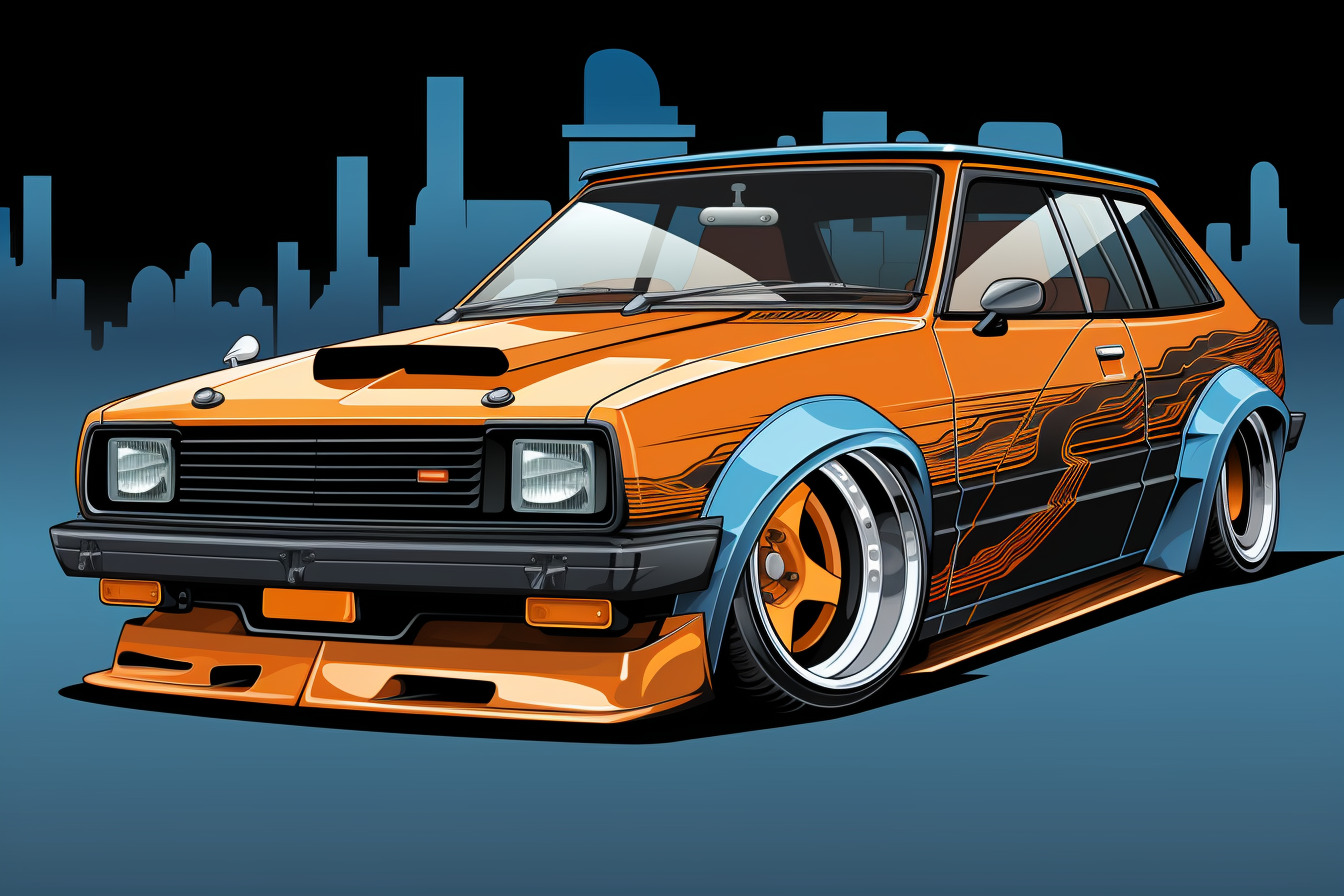
As an Amazon Associate, Modded gets commissions for purchases made through links in this post.
So you’ve heard about Bosozoku cars and their connection to youth culture, rebelliousness and their loud and proud style. Imagine Japanese cars with flamboyant styles and roaring exhausts that can be heard before they are seen.
There are a lot of interesting stories about Bosozoku culture and history, specifically how it all started with motorcycles and transformed into the modern car culture known today.
Rebel Youth Culture
The Bosozoku culture traces back to the 1950s when war veterans — mostly aviators — tried to find their place in post-war Japan. Missing the action, danger, and speed associated with their previous profession, the veterans found something similar they could work with — motorcycles.
The servicemen found themselves doing high-speed runs together on weekends. Restoring parts of their former selves and building camaraderie between new-found comrades, the veterans enjoyed the freedom and speed onboard their motorcycles. Their newly-formed group was known as Kaminari Zoku or “Thunder Tribe.”
As the veterans aged and retired, a younger generation of motorcyclists were eager to continue their lifestyle. These youth from the 60s and 70s bolstered the numbers of the Thunder Tribe and were later dubbed Bosozoku by Japanese Media.
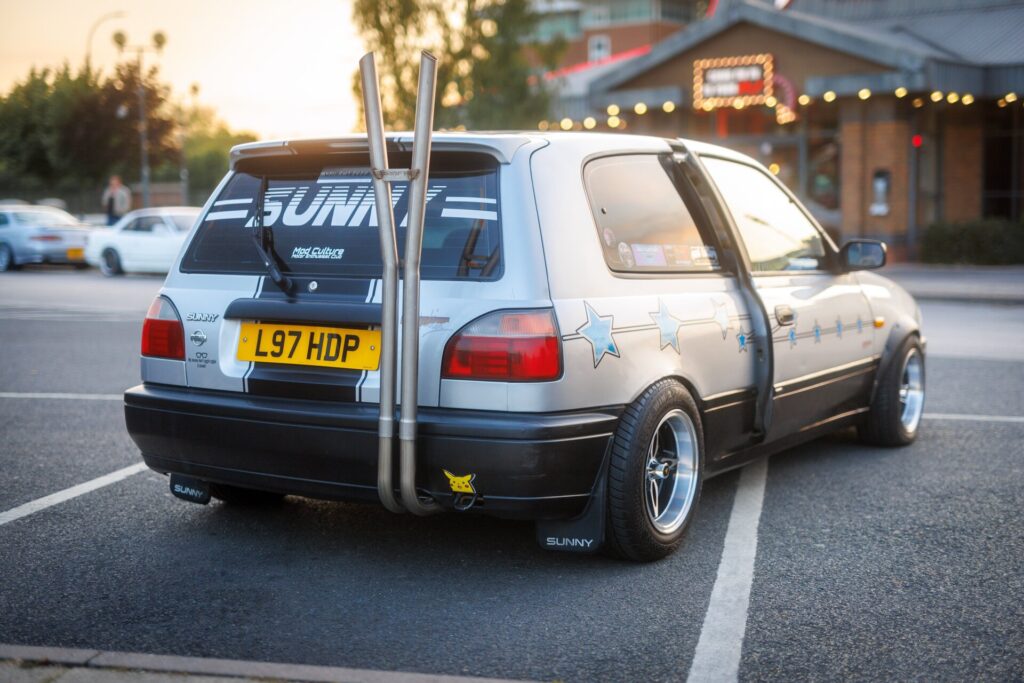
Bosozoku — roughly translated as “violent running tribe” — became a youth subculture that favored freedom, speed and style. Bosozoku gang members were primarily young males riding heavily modified 250cc-400cc bikes. They commonly had high-speed run-ins with the law due to their reckless behavior.
Bosozoku motorcycles were the ultimate form of self-expression for gang members. The members took pride in their machines and adorned them with various decorations to make them stand out.
Some popular modifications linked to Bosozoku culture include loud and long exhaust pipes, flags, colorful paint jobs, tall seatbacks, extended handlebars and upturned headlights.
In 1981, the Japanese police estimated 770 Bosozoku groups with 41,000 members nationwide. Their numbers dwindled with the economic crash of the 1990s and the advent of stricter traffic laws in the 2000s. For some members, it became impossible to maintain their lifestyle and traditions, so the only logical course was to leave their gangs.
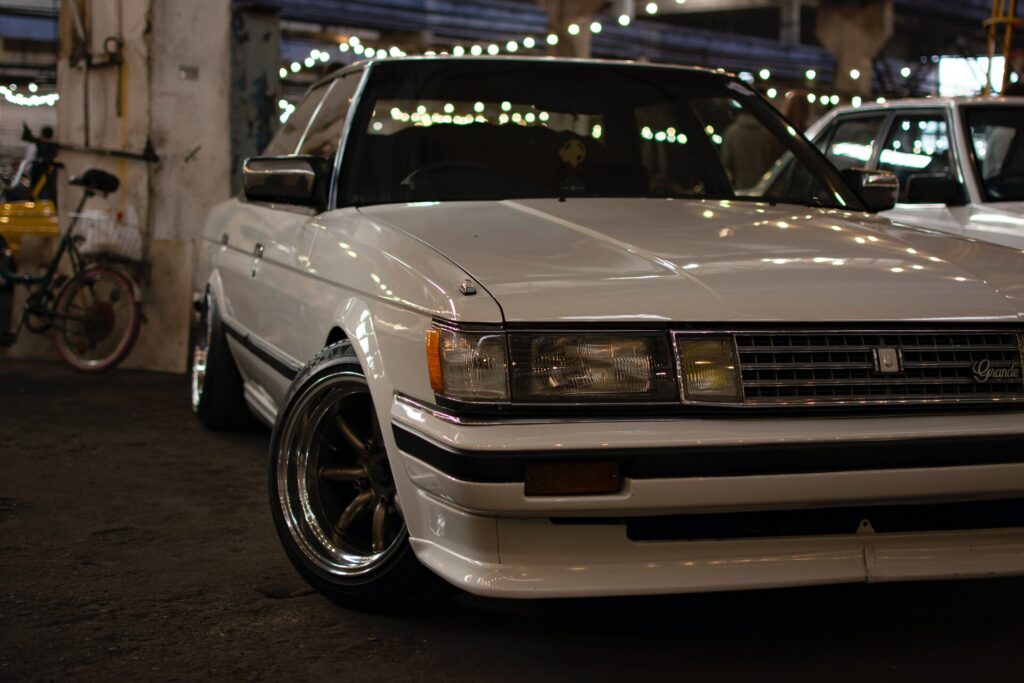
What are Bosozoku Cars?
Bosozoku motorcycle culture refused to perish even with the steep decline in membership. The culture just bled into other areas like cars and even mainstream fashion. To date, there are car enthusiasts who still honor the tradition of freedom and self-expression.
Instead of motorcycles, these enthusiasts modify cars to the extremes. From extended exhaust pipes and candy-colored paint jobs to asphalt-scraping clearances and wide-body modifications, anyone wishing to dive deep into Bosozoku cars can do almost anything.
Heavy modifications that favor personal style over practicality identify Bosozoku cars. They have loud colors and designs and even louder exhaust pipes — called takeyari — jutting out from every angle imaginable.
While most modifications are aesthetic, some enthusiasts choose performance mods to amp up the speed and change how the car drives. Engine and transmission swaps are commonplace in the Bosozoku car-tuning scene.
So is slamming the car to a height that is barely off the ground to reduce drag and achieve the low-down look. Bosozoku cars sometimes use airbags for suspension, although some enthusiasts just go the easy route and cut off spring sections to bring their cars to their desired height.
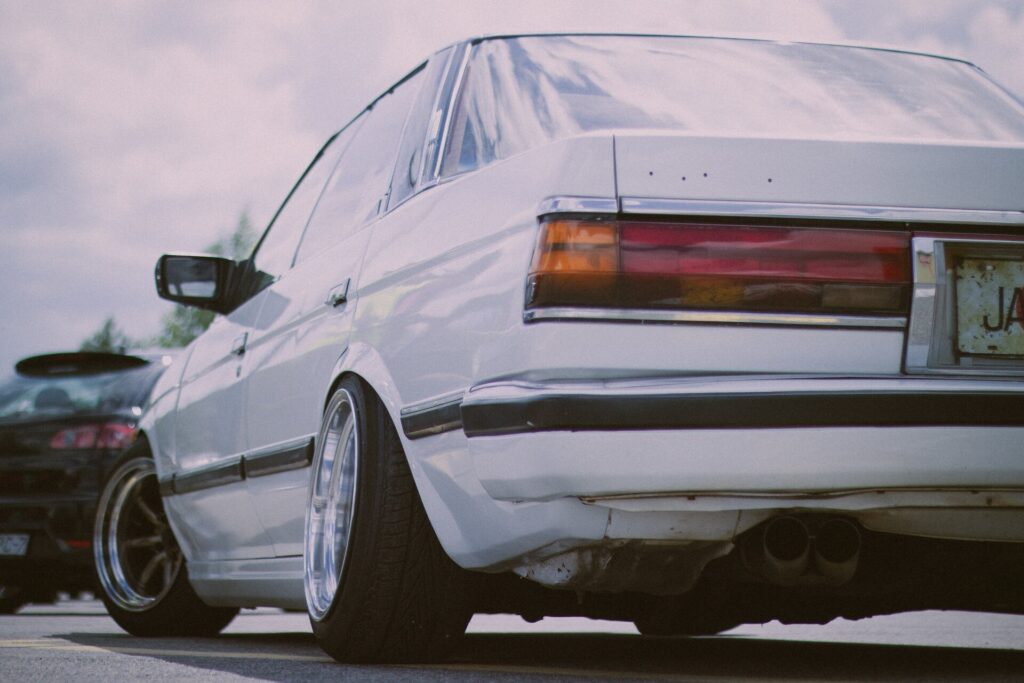
Bosozoku Car Culture
Older Bosozoku generations opposed conformism and conservative beliefs. In their minds, it was better to be called outcasts than to adhere to societal norms and expectations. Their motorcycle modifications symbolized this sense of freedom and rebelliousness.
As the wild and flashy modding culture bled into the car scene, enthusiasts wanted to keep true to the origins of Bosozoku minus the outlaw tendencies. Builders do whatever they wish with their Bosozoku cars to add shock value.
Of course, they pay homage to the 80s and 90s and use styling cues inspired by Kaido racers of those decades. While this may not be an exhaustive list, here are some modifications that are often associated with Bosozoku cars:
- Exposed oil coolers at the front
- Extended lip spoilers
- Front splitters
- Low suspension
- Wide body modifications
- Wide wheel flares
- Cambered wheels
- Wide tires with small wheel diameters
- Long and loud exhausts
- Extensive bodywork
- Colorful paint jobs and graphics
- High rear spoilers
Hardcore Bosozoku enthusiasts also favor other small details like smaller steering wheels and period-correct interiors. Styling a Bosozoku car depends heavily on the builder’s creativity and passion.
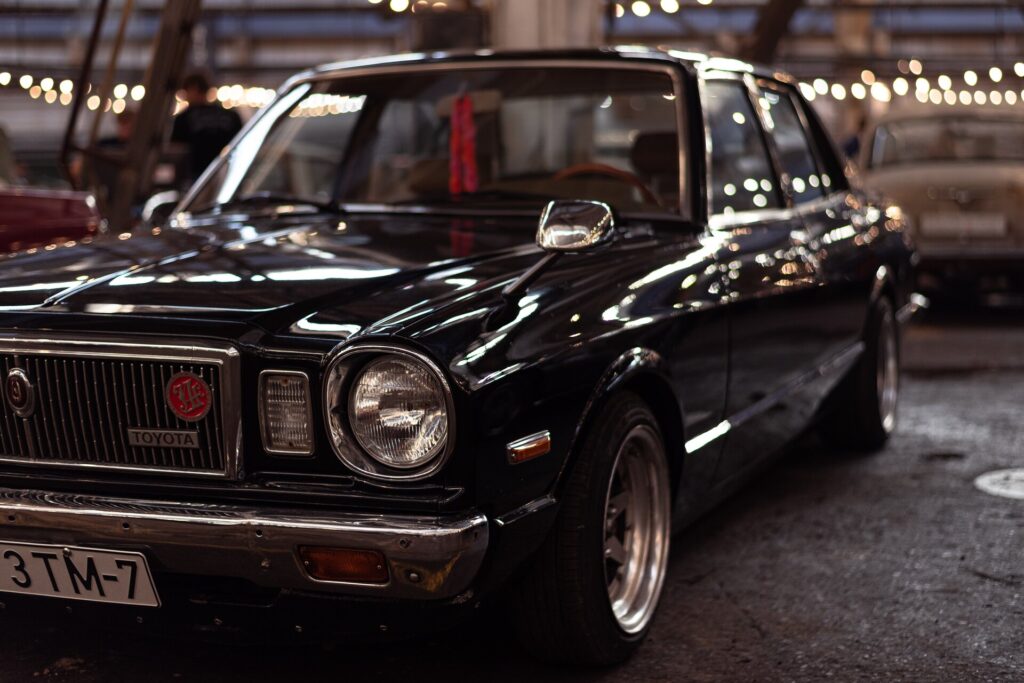
Types of Bosozoku Cars
Bosozoku car culture has many subsets — each has distinct looks and styles. While others claim the terms Kaido racers and Bosozoku cars are used interchangeably, the two scenes intersect in some qualities. They are stylish Japanese cars that appeal to modders and enthusiasts worldwide. Some of the popular styles or subsets associated with Bosozoku and Kaido racer culture include:
- Shakotan — This style is characterized by lowering classic Japanese cars to improve their look and performance. These streetcars are tamer compared to their counterparts but are considered part of the Bosozoku scene.
- Grachan — Cars that have the look and feel of Group 5 racers. This subset of Bosozoku cars replicates the boxy bodywork of Grand Championship cars using aerodynamic spoilers, front lips and vents. Grachan cars also typically have wide wheels and tires as a nod to the 70s and 80s race cars.
- Yankii — Yankii cars are loud, flashy and rowdy. They sport loud pipes, distinctive aftermarket aero parts like large spoilers, wide front lips and wheel flares.
- Kyusha — A broad term used for vintage or old cars, Kyusha is classy with a bit of flair. Modest flares, aftermarket wheels, tires, minor bodywork and lowered ride height are some of the hallmarks of a Kyusha car.
Flashy or Tacky?
Taste and style vary per individual. One style may work for some but for others, not so much. The same can be said for Bosozoku. What enthusiasts see as stylish, bold and cool with a hint of nostalgia may seem impractical and downright a bad case of car modification.
Many words can describe Bosozoku cars. It can go along the lines of outlandish, weird and wild. Other meaner words can be used to describe their eccentric style. Still, one thing is certain — Bosozoku cars command attention wherever they cruise.






